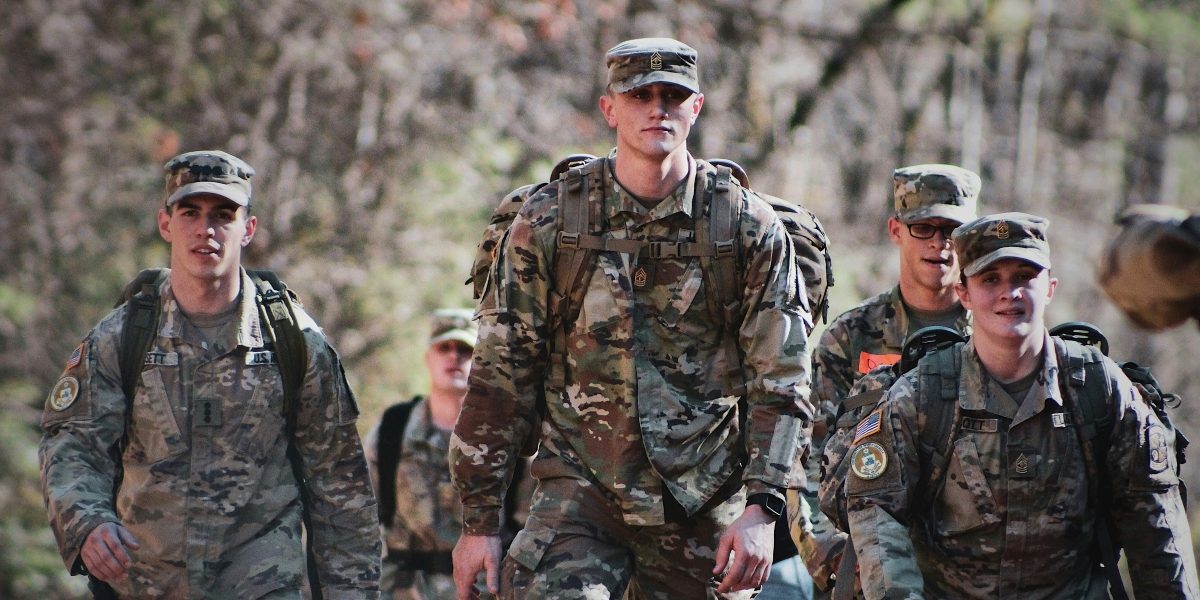Many veterans experience lasting health issues long after their service ends. This is often the result of prolonged exposure to toxic environments and intense physical activity. Breathing problems, hearing loss and behavioral challenges are also among the major problems that persistently impact their quality of life. While certain risks are thoroughly documented, others tend to be neglected or go unnoticed. This deprives many individuals of the necessary support or awareness needed for self-protection.
A Silent Legacy
Valued for its heat and fire resistance properties, asbestos was widely used in military fleets, transport vehicles, and buildings until the late 20th century. Personnel involved in shipyard work, equipment maintenance or construction were at particularly high risk of inhaling these hazardous fibers.
This simply meant veterans and mesothelioma went hand in hand, with an increasing risk of serious lung diseases many years down the line. The worst part is that the lengthy latency period of these conditions makes diagnosis and treatment challenging. This has caused many individuals to encounter their effects unexpectedly later on in life.
The Unseen Enemy
Burn pits were widely used in military bases to incinerate waste from armed operations. The smoke emitted from these sites contained a mixture of particulate matter and hazardous substances. This included carcinogens linked to various respiratory illnesses and cancers.
Veterans exposed to these fumes frequently report chronic breathing issues, along with increased rates of asthma and bronchitis. Delayed onset also complicates efforts to establish a direct link between health problems and pollutant exposure.
The Overlooked Battlefield
The thunderous sounds of engines, explosive blasts, and constant machinery noise are more than just fleeting disruptions. They have lasting effects on auditory function. Hearing loss and tinnitus rank among the most prevalent service-related disabilities. These also significantly impair daily communication and quality of life. Even with protective equipment, many veterans encountered harmful resonance levels that exceeded safety limits.
Hidden Threats
While physical injuries often receive the most focus, chemical and radiological hazards are equally dangerous. Veterans who worked with munitions, fuels, or other toxic materials have a heightened risk of developing cancer and organ damage. Likewise, individuals stationed near nuclear test sites or involved in cleanup efforts may face issues due to excessive exposure. The most concerning part is that these effects can develop silently over time and emerge long after personnel leave active duty.
Long-Term Toll
The physical demands of combat and intense training routines can severely impact the body. They often result in chronic pain and musculoskeletal problems. Without adequate rehabilitation, these injuries may progress into long-term disabilities that impair mobility and daily functioning. This can necessitate continuous care and sometimes result in increased reliance on pain medications. Sadly, prolonged use of drugs can lead to side effects that further complicate these issues.
Endnote
As veterans endure unseen scars and physical challenges from their service, it is crucial for society to recognize and address these issues with urgency. Supporting them requires comprehensive healthcare, improved access to disability benefits, and continued research into occupational hazards.
Published by Anne C.

















